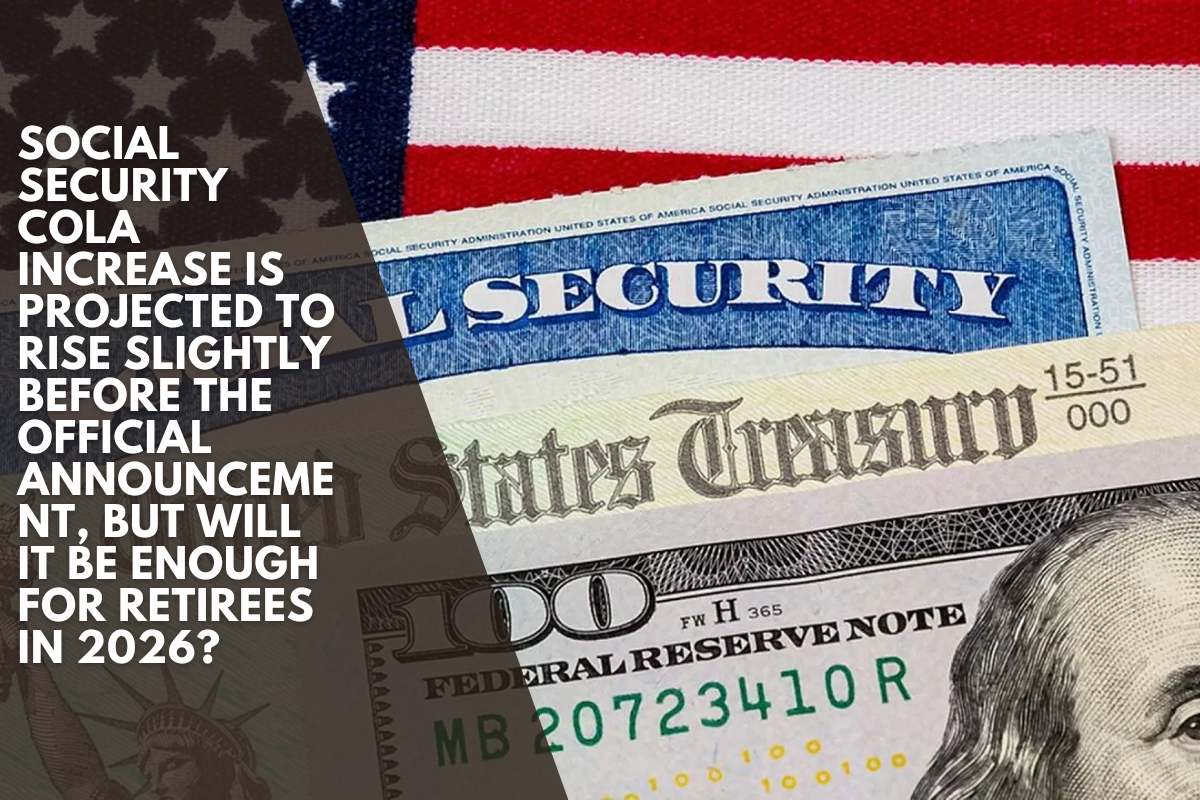Retirees may receive a modest increase in their Social Security checks next year, but rising health-care costs could quickly erode those gains.
According to new forecasts, the 2026 Social Security cost-of-living adjustment (COLA) will be between 2.7 and 2.8 percent, slightly higher than the increase seniors received this year but far lower than the historic hikes seen during the pandemic-era inflation surge.
According to CNBC, Mary Johnson, a long-time Social Security and Medicare policy analyst, predicts a 2.8 percent adjustment, which would add approximately $54.70 per month to the average retirement benefit.
The Senior Citizens League, a nonpartisan advocacy group, puts the figure at 2.7 percent, or about $54 per month. For context, the average monthly benefit for retired workers and their families is currently $1,955, according to Social Security Administration data for August.
How COLA is determined
The government calculates the COLA for each year using third-quarter inflation data, with the Consumer Price Index for Urban Wage Earners and Clerical Workers (CPI-W). The Social Security Administration will release the official figure in October, after the September inflation figures are finalized.
Johnson noted that the September report will determine whether the final adjustment is 2.7 percent or 2.8 percent, though she believes the higher number is more likely.
“In order for the COLA to land at 2.7 percent, there would have to be virtually no inflation growth at all in September,” she told me.
The projected increase would be higher than the 2.5 percent increase in 2025 and slightly above the 20-year average of 2.6 percent.
However, it falls short of the much larger adjustments seniors experienced earlier this decade: 8.7 percent in 2023, 5.9 percent in 2022, and 3.2 percent in 2024, all of which were driven by rising inflation in the aftermath of the COVID-19 pandemic.
Retirees remain uneasy about inflation
Even with a COLA above the long-term average, many seniors are concerned that the adjustment will not be sufficient. A recent Nationwide Retirement Institute poll found that half of retirees are “terrified” about how tariffs will affect their finances, fearing higher prices for goods and services. Two-thirds of respondents expect inflation to outpace Social Security increases in the coming years.
More than half of current beneficiaries said they’ve already had to reduce discretionary spending because their expenses have outpaced their monthly benefits.
These concerns may grow as Medicare premiums are expected to rise in 2026. The standard Part B premium is expected to rise by $21.50 to $206.50 per month, one of the most significant increases in program history. Johnson said that Part D prescription drug coverage could cost significantly more, with monthly premiums rising by up to $50.












